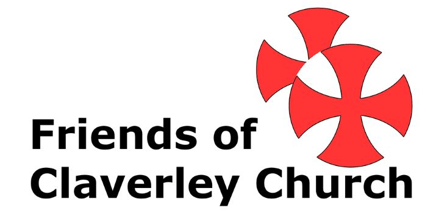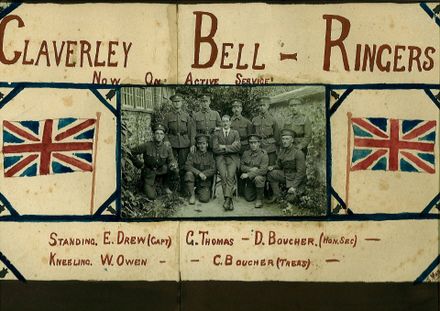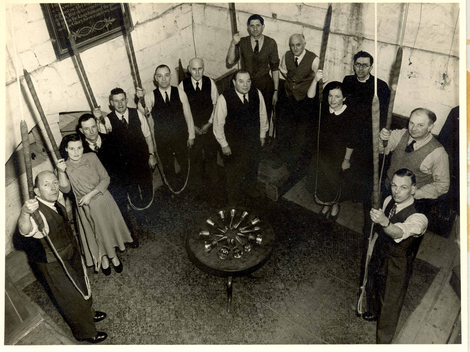ALL SAINTS CHURCH HISTORY
ALL SAINTS CHURCH HISTORY
There is evidence that the early history of this church began in 675 with the erection of a wooden Saxon church, on the site of a previous pagan Roman site. Following the Norman invasion the church was remodelled in a Norman style, with many artifacts from the Saxon period incorporated - including the two Saxon fonts.
In the Churchyard to the east of the church is a Yew tree which is over 2,000 years old.
WALL FRIEZE
WALL FRIEZE
There has been much discussion about what the frieze represents, the most recent understanding being that it might show a narrative of the Holy Cross.
A myth of Charlemagne?
A myth of Charlemagne?
A scholar has suggested that the wall frieze may represent knights of Christ - either Heraclius or Charlemagne fighting the Church's battle on earth. Both Heraclius ad Charlemagne were often depicted with a eagle on their shields. When Charlemagne was returning to France over the Pyrenees, his nephew Roland at the rear was massacred.
If the knight with a horn, turning around on his horse is Roland, then Claverley provides the only medieval wall painting of the subject still in place.
Tombs
Tombs
There are a number of tombs in the church - an incised memorial slab to Richard Spycer (who died in 1448); the tomb of Sir Robert Broke who was Speak of the House of Commons (who died in 1558), and an alabaster tomb dating from the 16th Century to commemorate members of the Gatacre Family
Other wall paintings
Other wall paintings
The painting of saints above the frieze are from the 15th Century, and the heraldic painting on the south wall is even later.
THE BELLS
The bells are rung each Sunday before Evensong, for weddings and special occasions and at regular practice evenings.
New recruits are introduced to the band of ringers to be taught bell-handling (management of the rope as it moves up and down) and call-change ringing, a system of changes called by the conductor as a precursor to learning method ringing, which takes a little time but is generally considered to be an interesting and rewarding Exercise.
Alan Reade
Tower Captain
CHANGE RINGING
The art of change ringing was first practised early in the 17th century and the objective, simply is to ring the eight bells (in this case) in a different order each time round without repetition for a chosen period of time.
This is achieved by the use of various methods with names such as Stedman, Grandsire, Kent Treble Bob and Cambridge Surprise, which are committed to memory by the ringers.
The period of time or length of the ‘touch’ (ringing) is determined by one ringer being nominated as the ‘conductor’ who shouts instructions ‘GO’ (for starting the change ringing), ‘BOB’ or ‘SINGLE’ (for making intermediate alterations to the ringing order) and ‘THAT’S ALL’ when the bells come back into ‘rounds’, the normal eight falling notes of a scale.
This is achieved by the use of various methods with names such as Stedman, Grandsire, Kent Treble Bob and Cambridge Surprise, which are committed to memory by the ringers.
The period of time or length of the ‘touch’ (ringing) is determined by one ringer being nominated as the ‘conductor’ who shouts instructions ‘GO’ (for starting the change ringing), ‘BOB’ or ‘SINGLE’ (for making intermediate alterations to the ringing order) and ‘THAT’S ALL’ when the bells come back into ‘rounds’, the normal eight falling notes of a scale.


